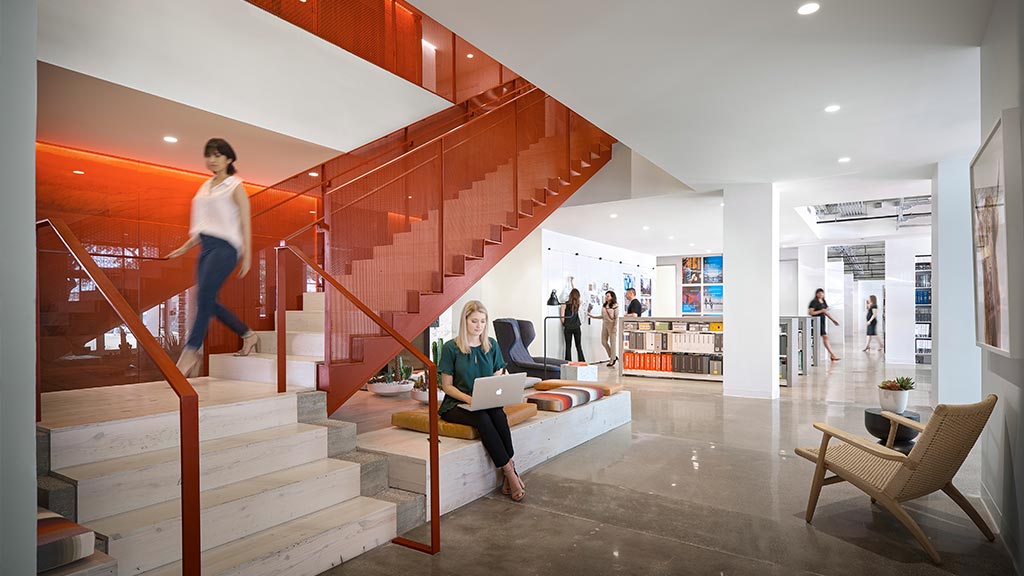Strategy
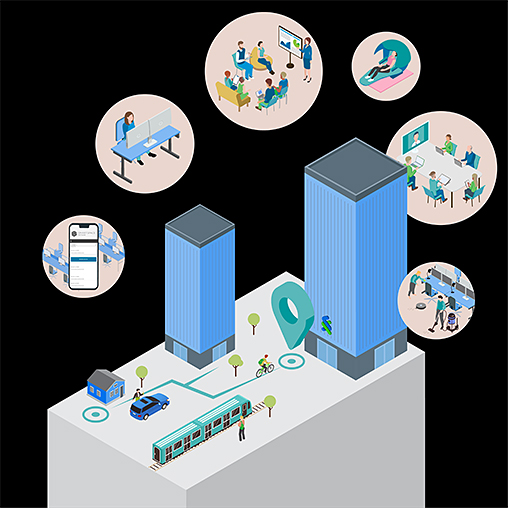
Standard Chartered Bank Future Workplace, Now.
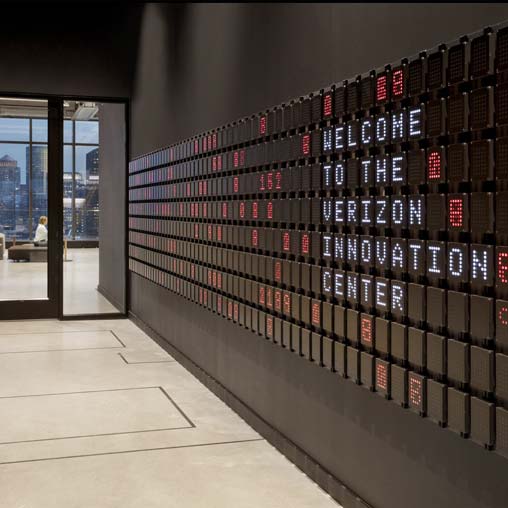
Verizon Innovation Center Customer Experience Strategy
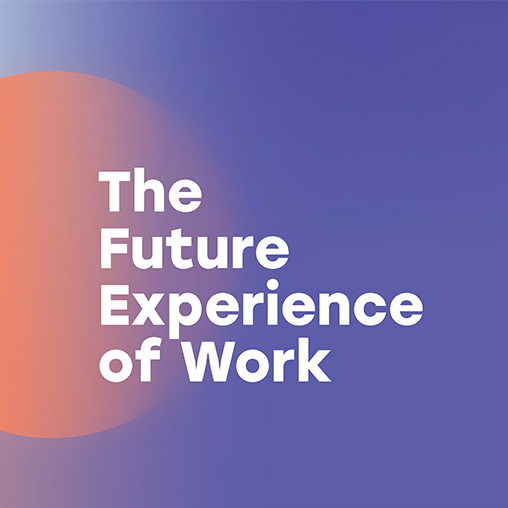
The Future Experience of Work: Expand the Vision of What’s Possible
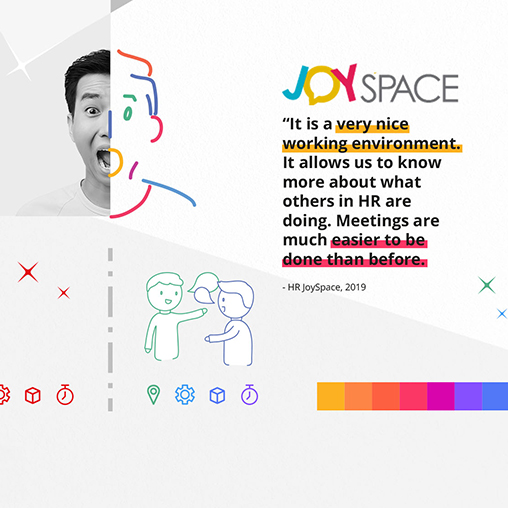
Activating the Workspace for Activity-Based Working: DBS Singapore
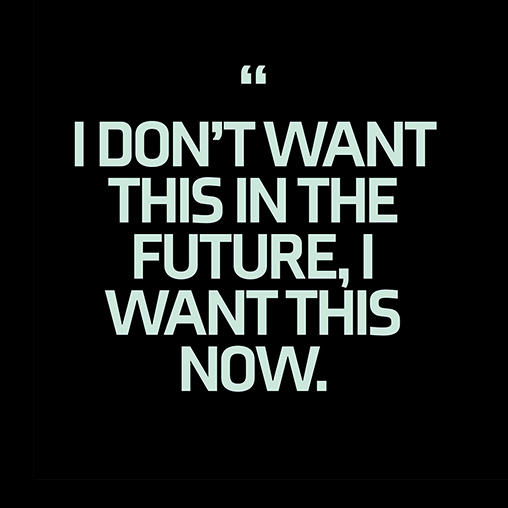
Global Future Workforce Study
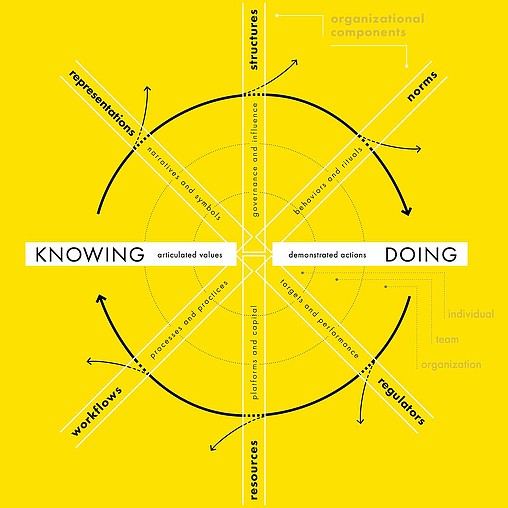
Culture Strategy

TELUS Health Care Centre
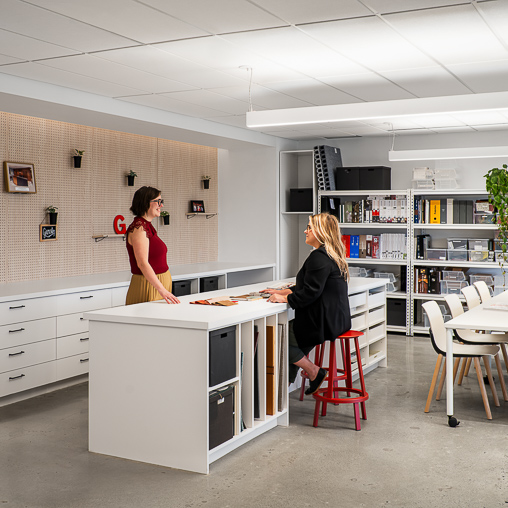
Gensler Vancouver

Sixth and Guadalupe
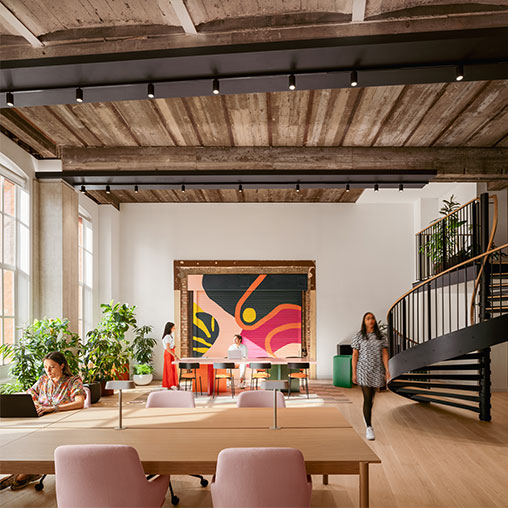
Francis House, London HQ
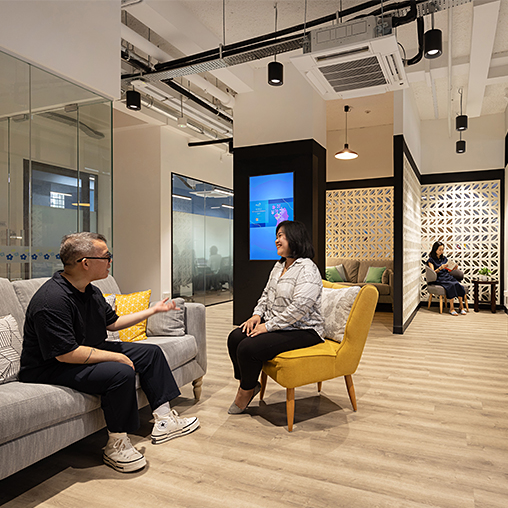
Designing for Mental Wellness

Designing Futures to Fuel Strategic Planning
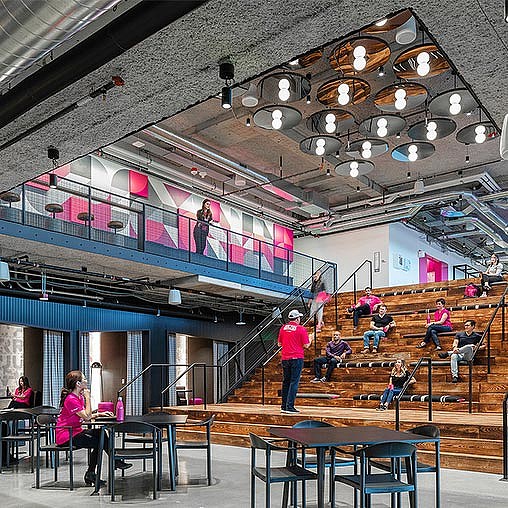
T-Mobile Headquarters Campus
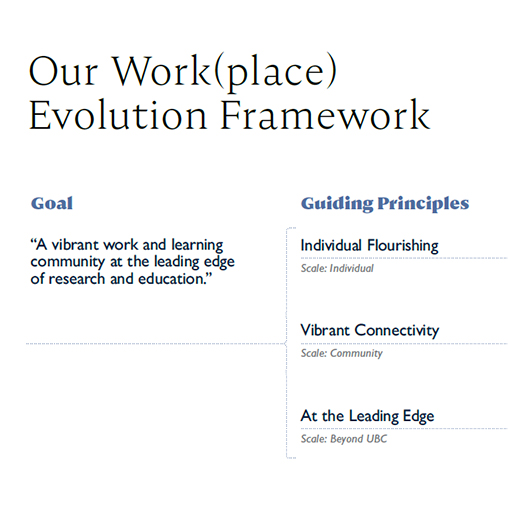
UBC Faculty of Medicine Work(place) Evolution
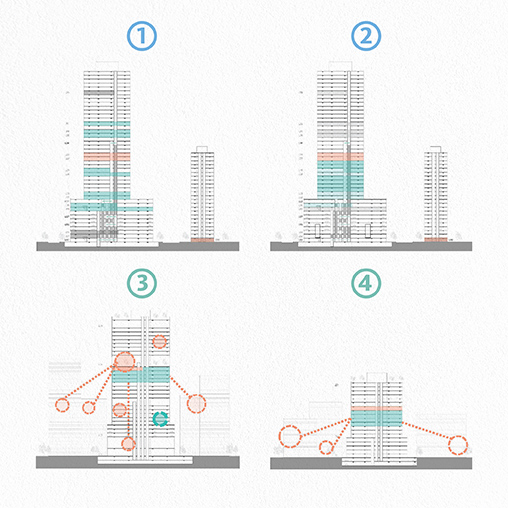
Workplace Transformation from Research to Realization
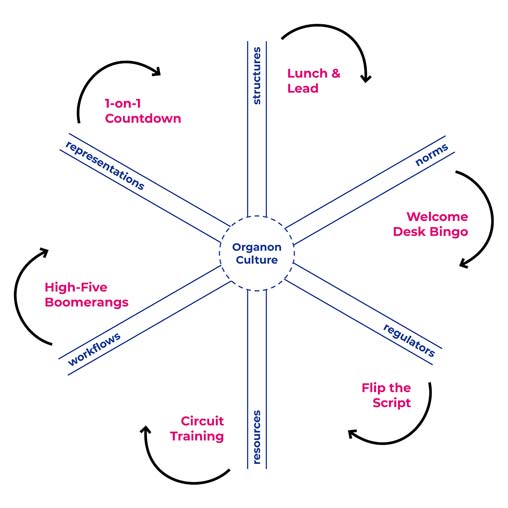
Organon Culture Strategy

Influencing Change for the Future of Work: L’Oréal
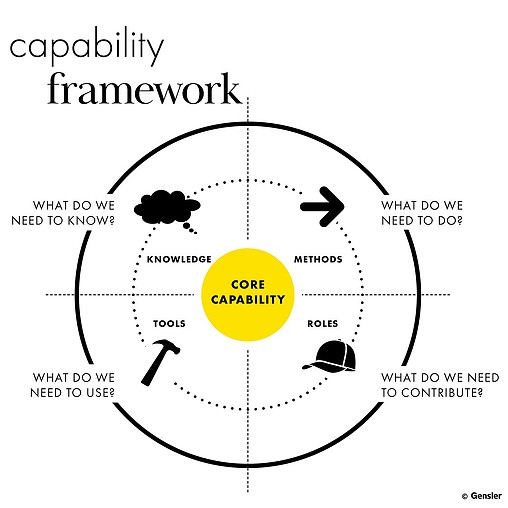
Capability Building
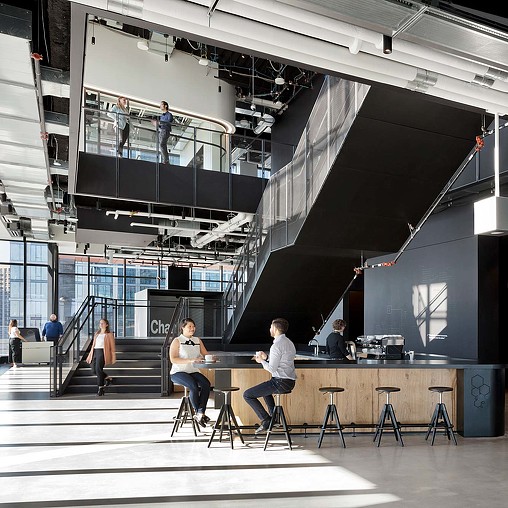
Verizon at The Hub
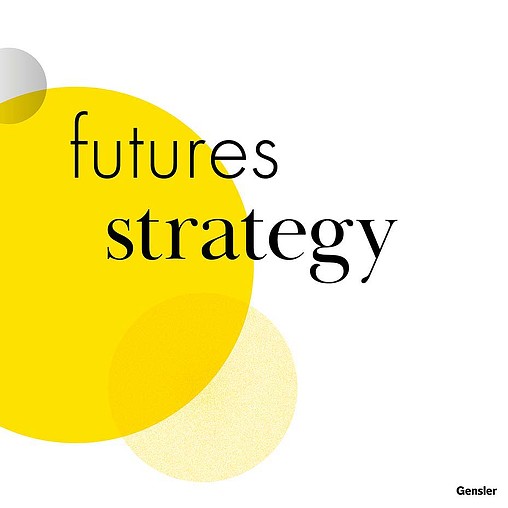
Futures

Willis Tower Repositioning

Holt Renfrew Sustainable Guidelines
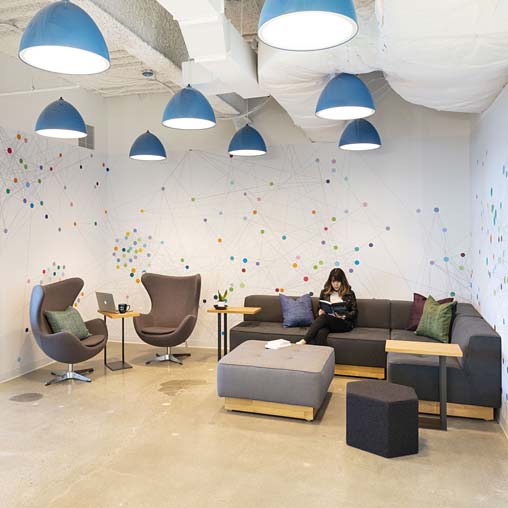
Humanyze
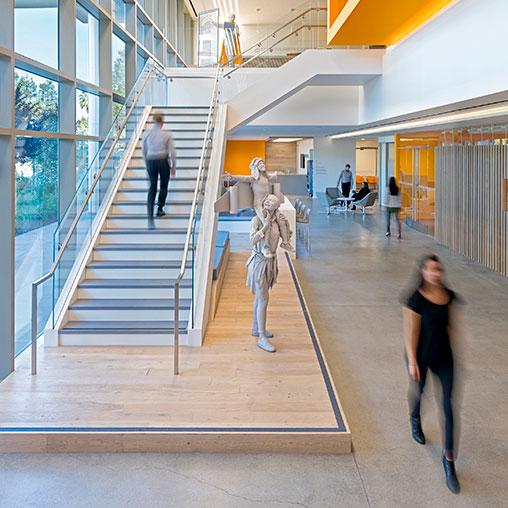
Confidential Technology Client
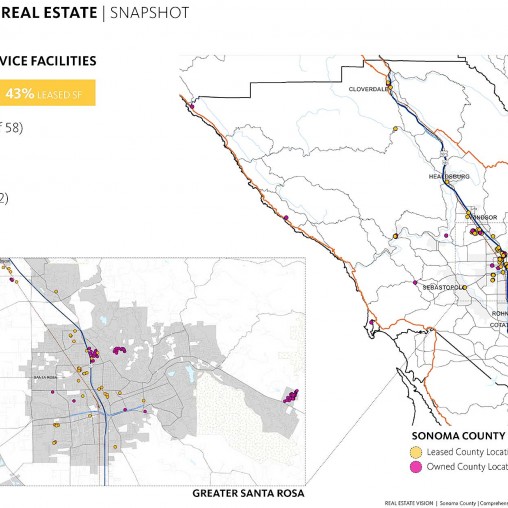
County of Sonoma Comprehensive County Facilities Plan

Microsoft Scout
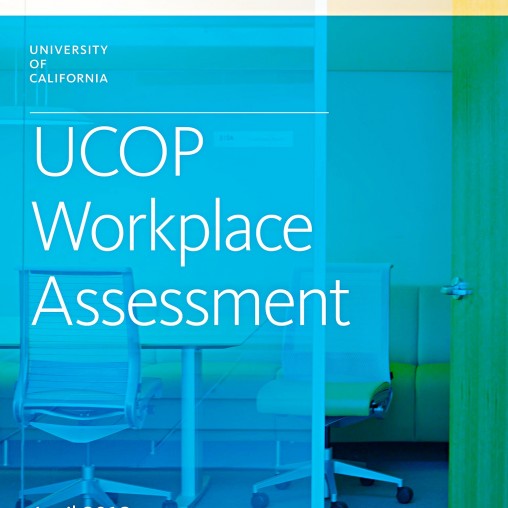
University of California, Office of the President, Workplace Study
Workplace Strategy
Through our human-centric and data-driven approach to developing workplace strategies, we ensure that physical space, technology, operations, and HR policies work in concert to support businesses and people. The result is a flexible, responsive workplace that drives engagement and is more resilient, adaptable, and inclusive.
Experience Strategy
Experience Strategy digs deep into a user’s needs and expectations, and builds a comprehensive plan that choreographs that user’s journey — including elements of the built environment, digital interactions, services, activations, communications, and content. We align the journey with a cultural or business purpose to drive impactful design solutions and user engagement.
Change Management
We help clients create a positive change experience by developing engagement strategies and tailored communications to ensure lasting results. We analyze organizational readiness and the impact of change on diverse audiences, build change coalitions, facilitate leadership alignment, and implement informative campaigns that celebrate opportunity and reinforce an organization’s brand and culture.
Futures
Our Futures practice leverages research tools to better understand, prepare for, and influence the future. We frame multiple plausible futures to guide strategy, allowing clients to unlock potential and plan amidst uncertainty. We identify futures by exploring transformative forces reshaping our world – technology, climate, economics, next-gen expectations. We then evaluate impacts on various aspects of an organization to inform future-ready design solutions.
Portfolio Analytics and Strategy
Our strategists leverage proprietary tools to create real estate portfolio strategies that are efficient, flexible, sustainable, and geared to drive business performance. This work extends from occupancy planning to larger scale facility master plans and is rooted in deep data analysis and scenario planning.
Public Engagement
Public engagement is our process for working collaboratively with affiliated groups to frame opportunities and co-create solutions that improve the well-being of the participants. We focus on creating equitable and inclusive engagement processes in the context of planning, development and strategy projects.
Design Guidelines
Our strategists and designers work together with clients to develop, publish, and maintain comprehensive guidelines that communicate process, design, and operational decisions for real estate. Implementation and governance of design guidelines can generate cost savings, streamline project delivery, reinforce brand, and inform a consistent user experience across a portfolio.
Research and Learning
We conduct deep research into the questions and challenges facing our clients. We then create multimedia educational materials for use with internal teams as well as research summaries to help generate insights for decision-making.
Market Analytics and Strategy
We balance the science, art, and business of design to help clients make informed real estate decisions. Our use of spatial data, demographics, local market conditions, and real estate performance data, enhances our ability to measure and forecast. We help to accurately interpret information, derive meaning, and develop plausible scenarios about what to build and where.
Strategic Planning
Leveraging our well-defined design process, we develop strategic plans that are guided by our client’s vision, mission, and values. This work is done through a co-development process with key stakeholders and includes aspects of organizational and business planning and program development.
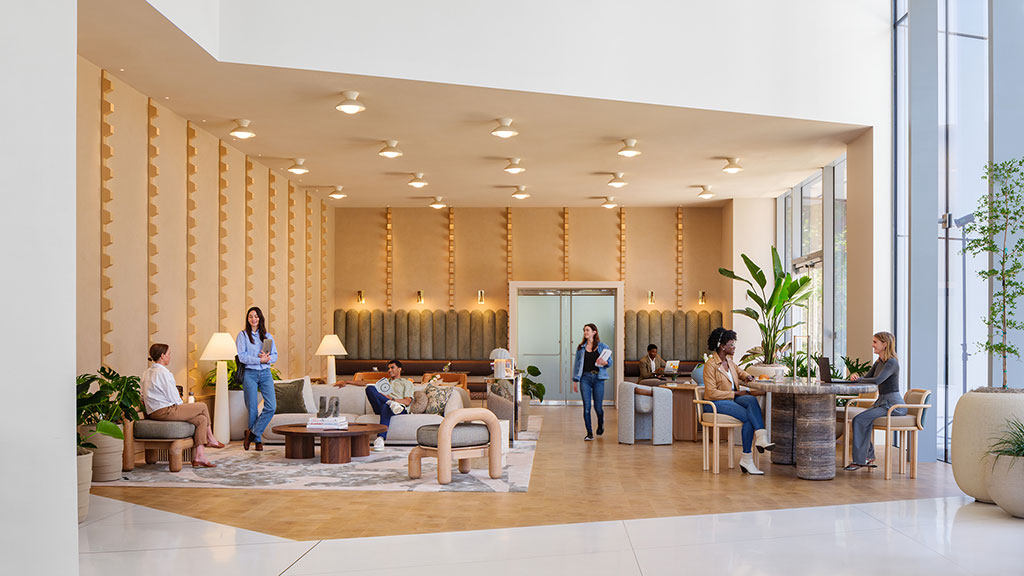
10 Workplace Trends for 2026: What’s In and What’s Out?
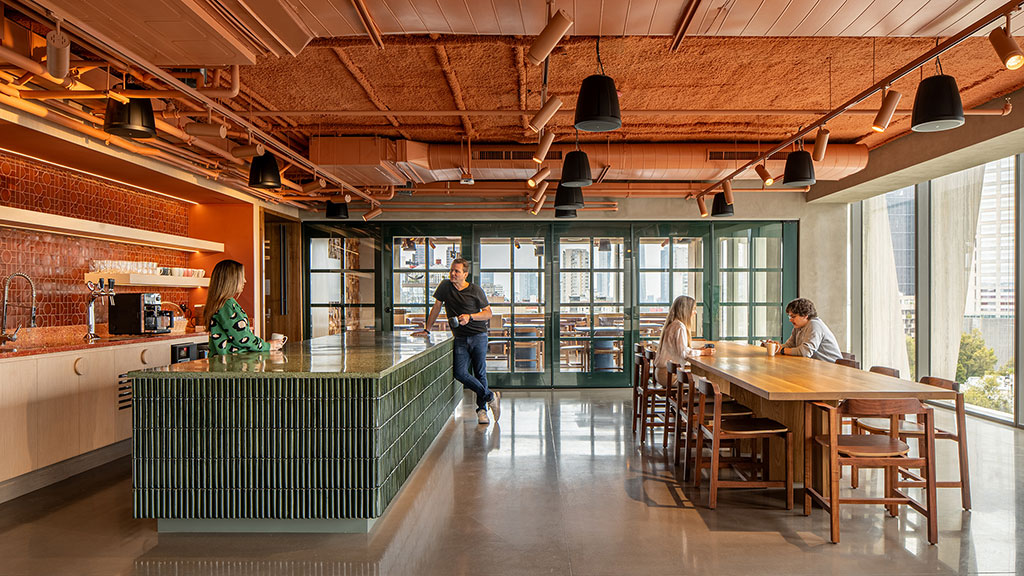
The Future of Real Estate Metrics: Human Connection
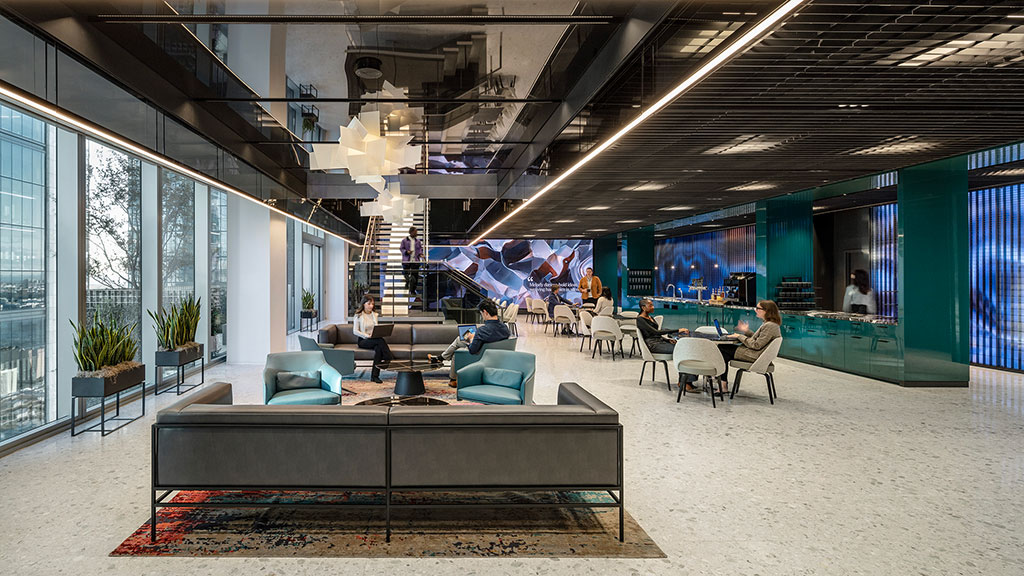
Human and ‘Digital Employee’ Collaboration Will Transform Workplace Design
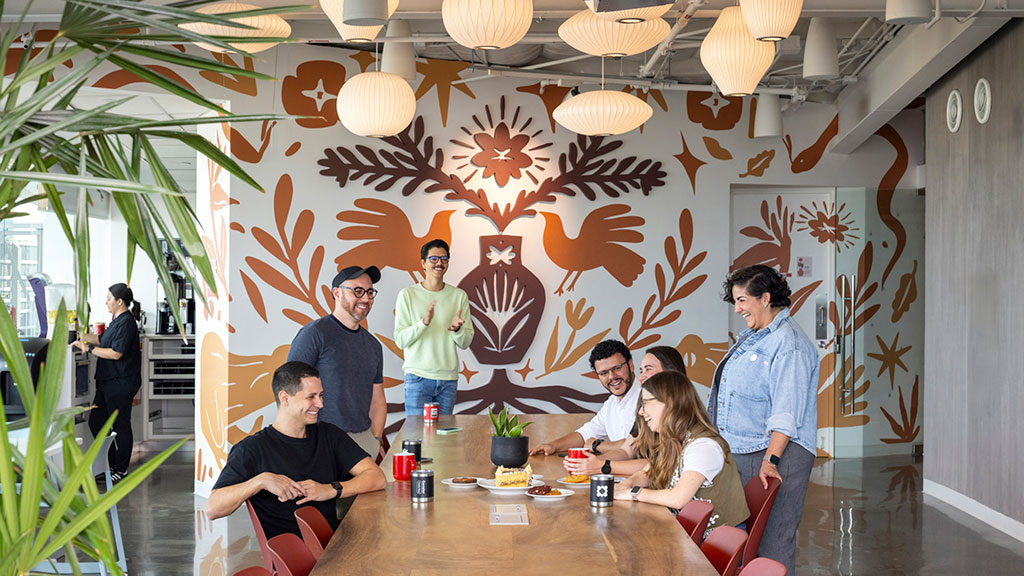
How Strategic Shifts Can Reignite Employee Engagement
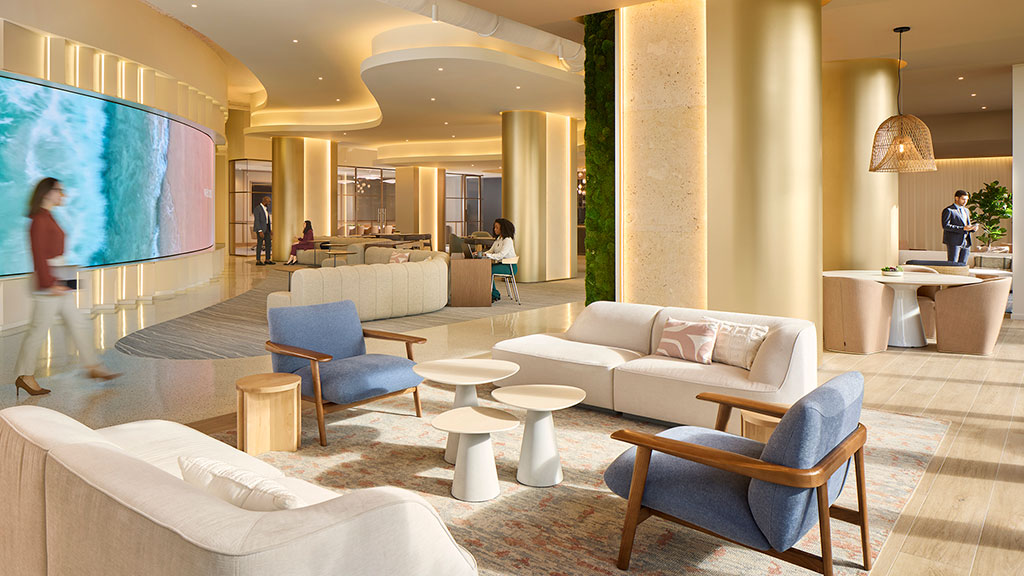
Doing More With Less: Designing Small Spaces for Big Impact
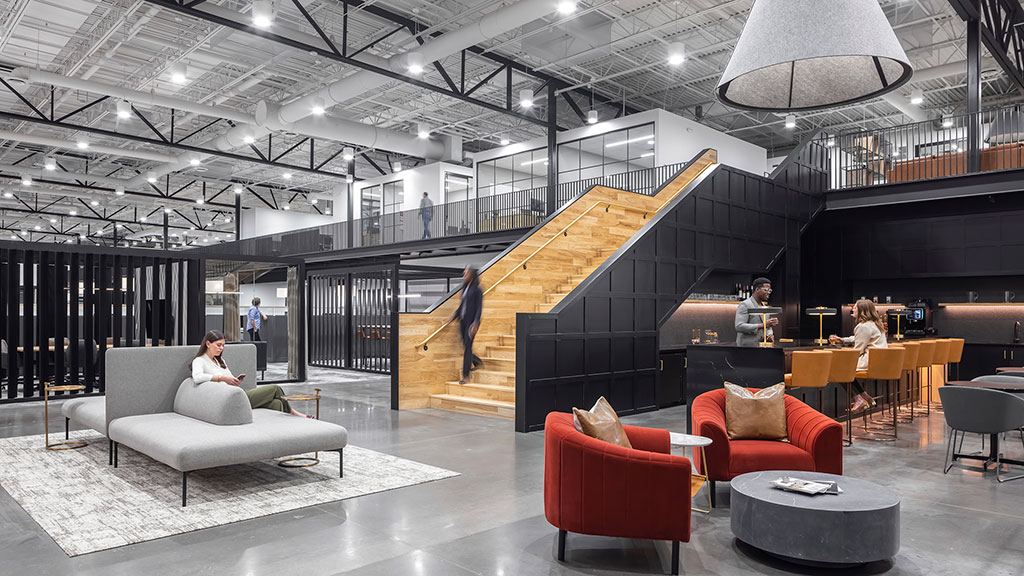
3 Overlooked Human Factors That Make-or-Break Mergers and Acquisitions
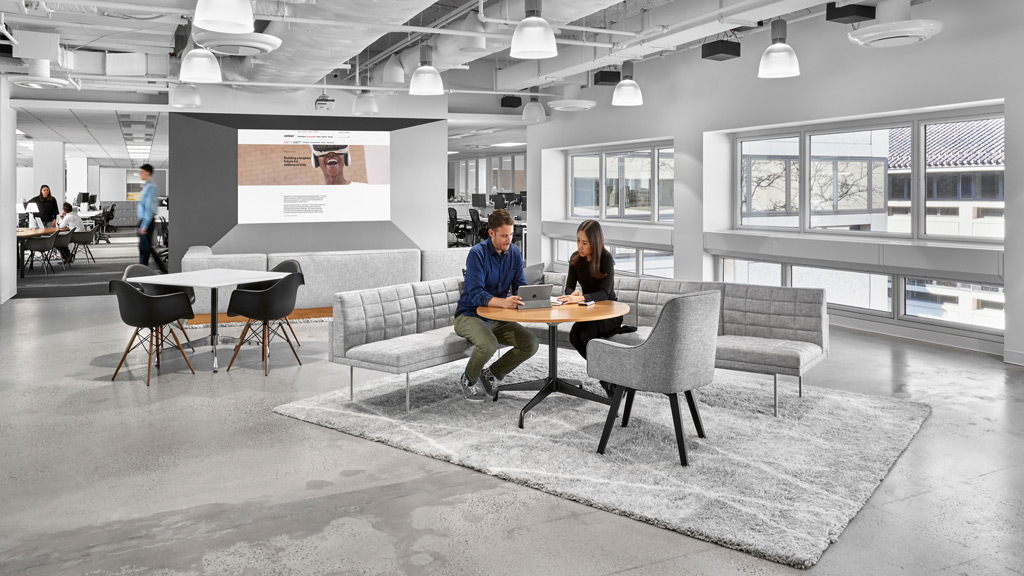
Design Guidelines: The Most Powerful Tool in Your Real Estate Toolkit
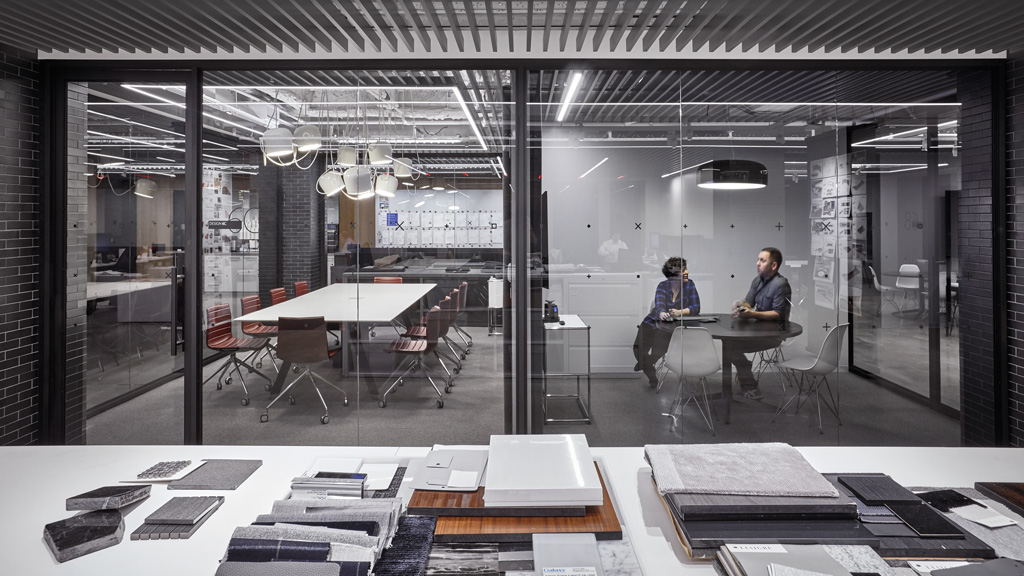
Three Principles for High-Impact Sustainable Design Guidelines
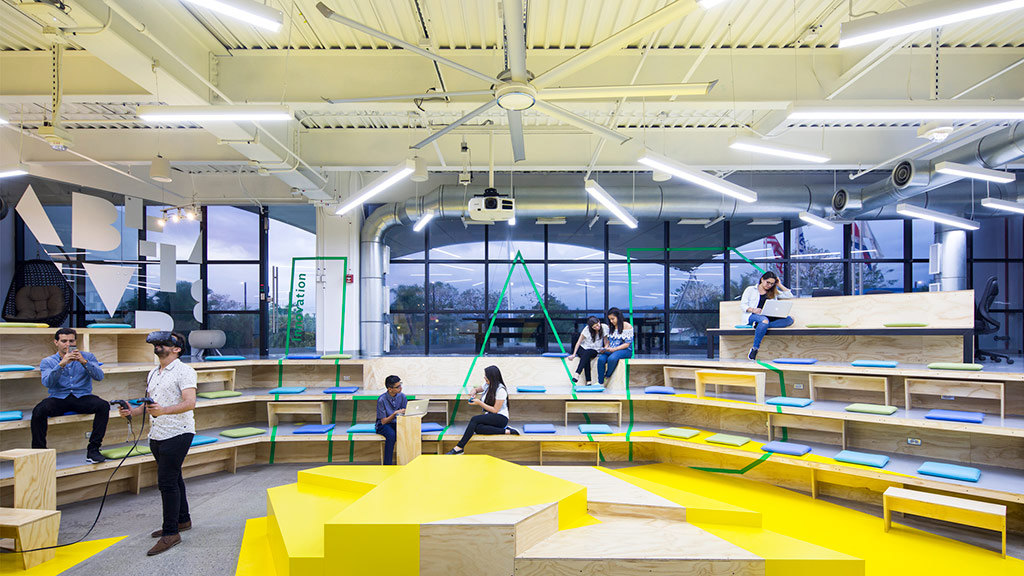
The Culture of Innovation Diagnostic
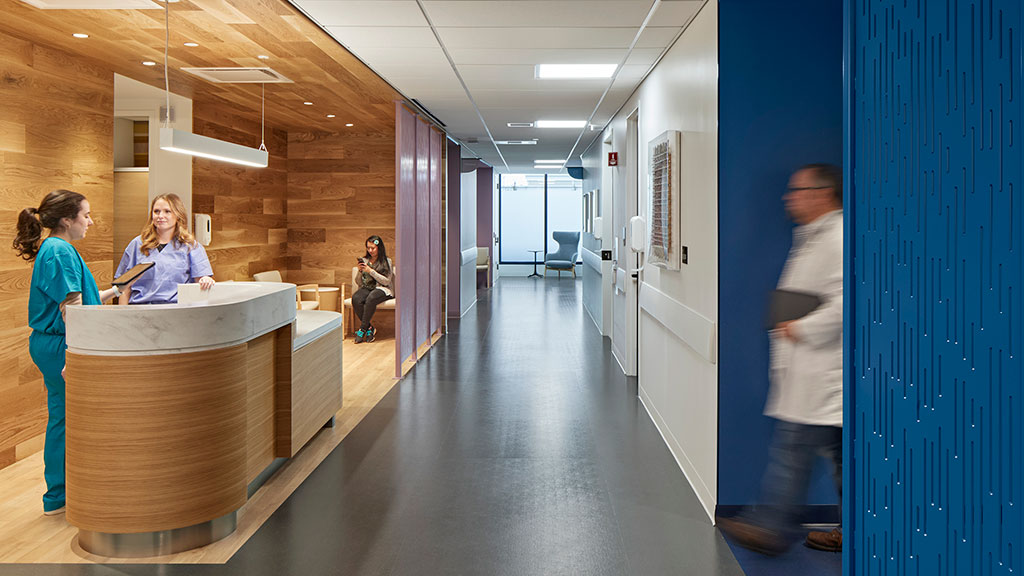
Test, Don’t Guess: A New Approach for Healthcare Design
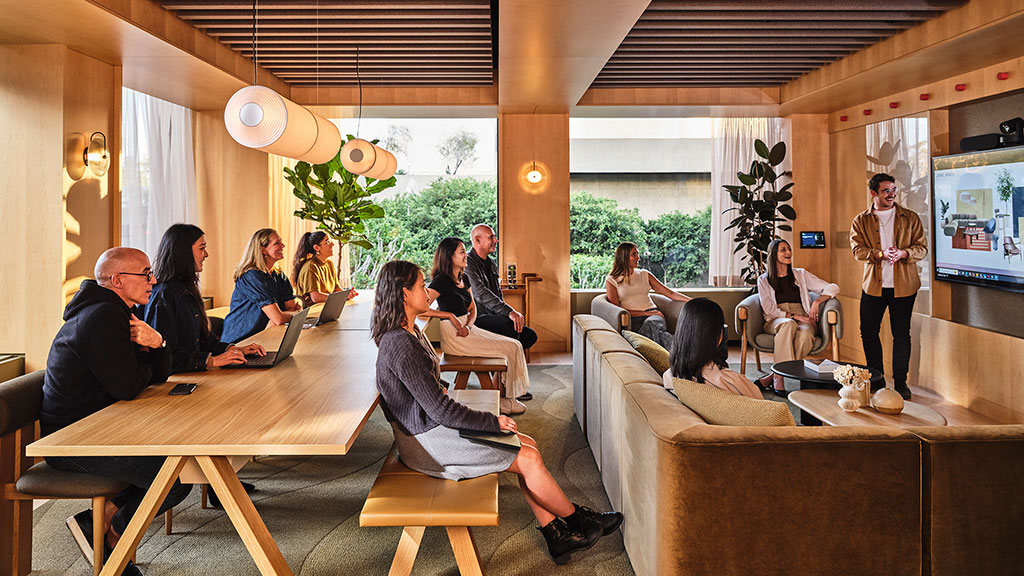
Designing Workplaces That Work — With Your People
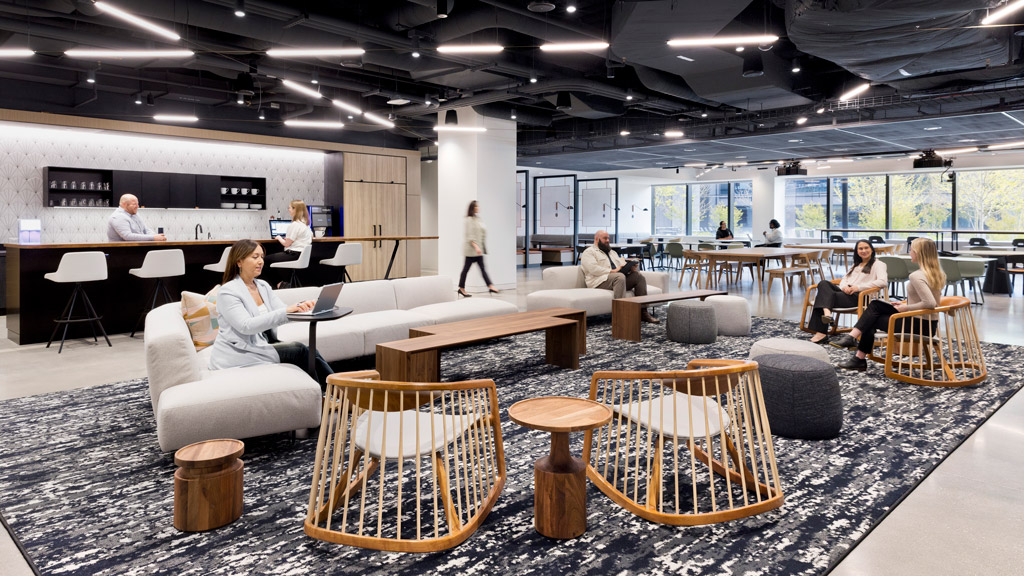
How the Future of Work Is Influencing Workplace Design
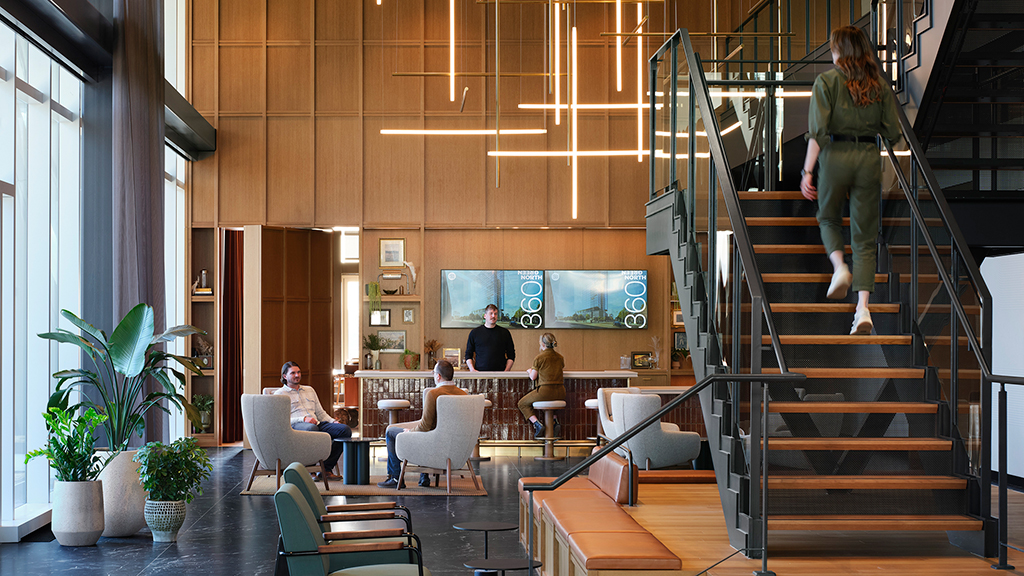
The New Club Workplace: More Than an Amenity
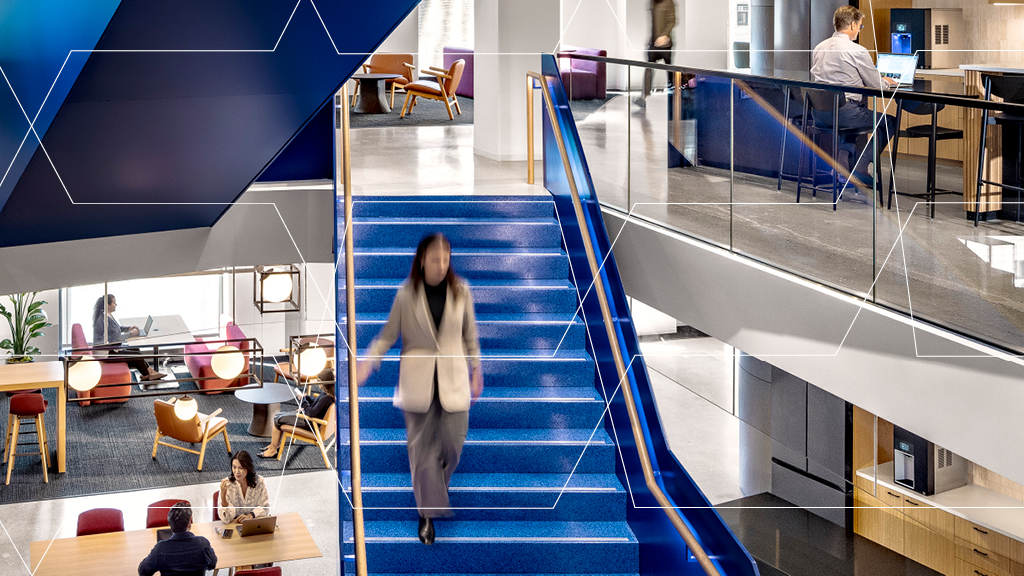
Global Workplace Survey 2025
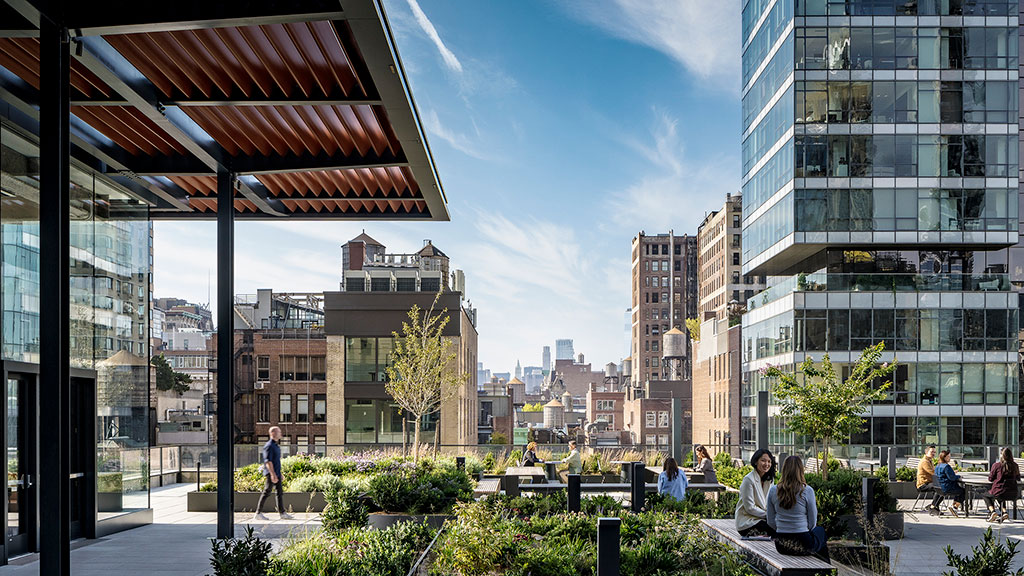
The Building as Brand: A Watershed Opportunity in Manhattan Office
Planning for flexibility grows in value as organizations manage against uncertainty.
Accelerating political, economic, and technological shifts make the future harder to predict and more urgent to prepare for. Strategists help organizations expand scenario modeling and forecasting so they can stay agile when facing disruption. Outcomes include flexible leasing strategies, designing adaptive spaces, and adopting technologies that can quickly respond to changes.
AI reshapes operations and organizational culture.
AI transforms how work gets done, as well as the culture that surrounds it. Some organizations chase speed and cost savings, but true value comes from building AI literacy and encouraging deeper levels of critical and creative thinking. Strategy ensures AI strengthens values and collaboration, while the built environment provides the spaces that sustain culture and connection.
Local identity informs global workplace portfolios.
As markets continue to globalize, one-size-fits-all approaches fall short. Built environments must reflect local culture and community. Strategy helps organizations decide what to adapt and what to standardize, creating portfolios that are both cost-effective and authentically rooted in place.
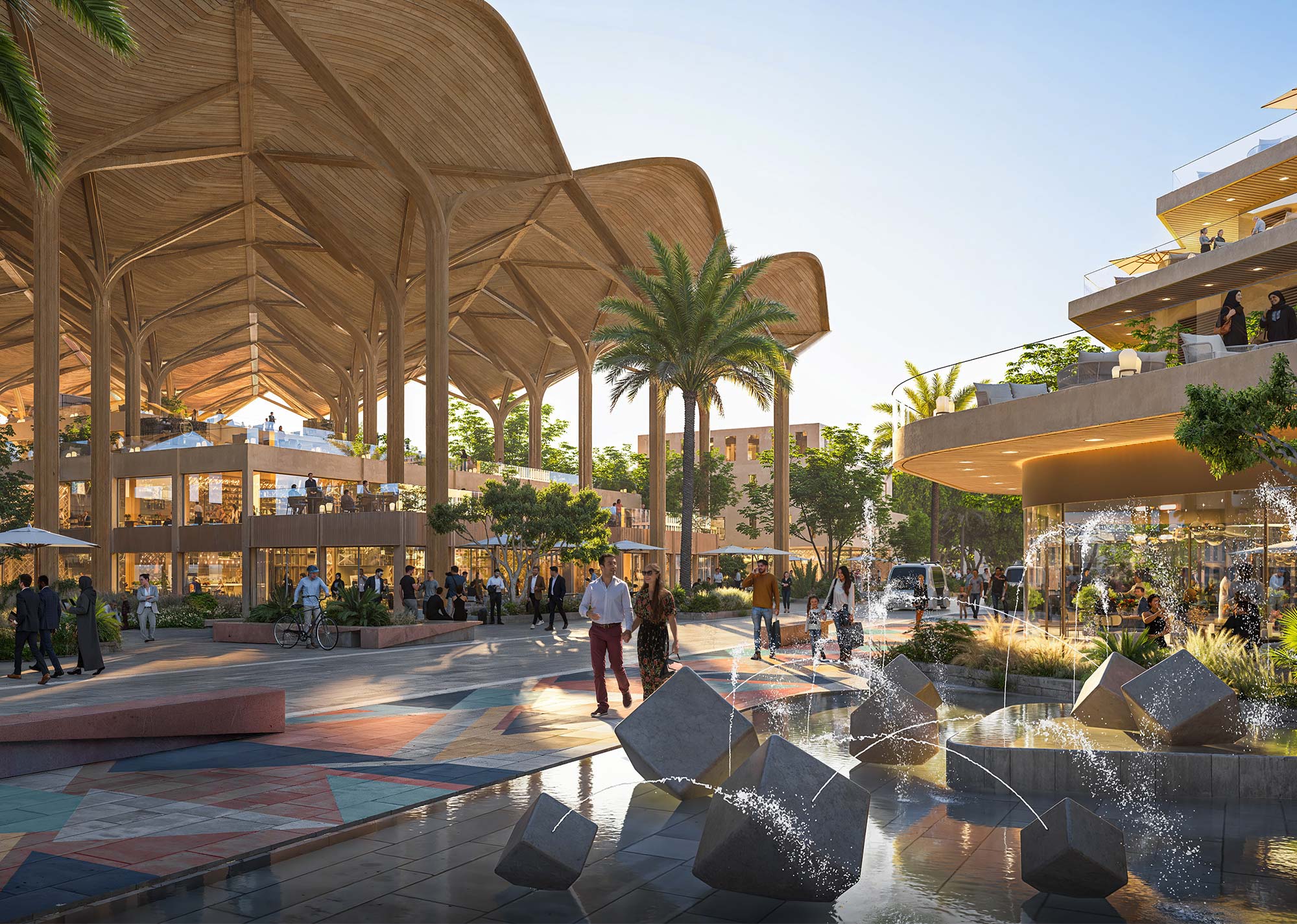
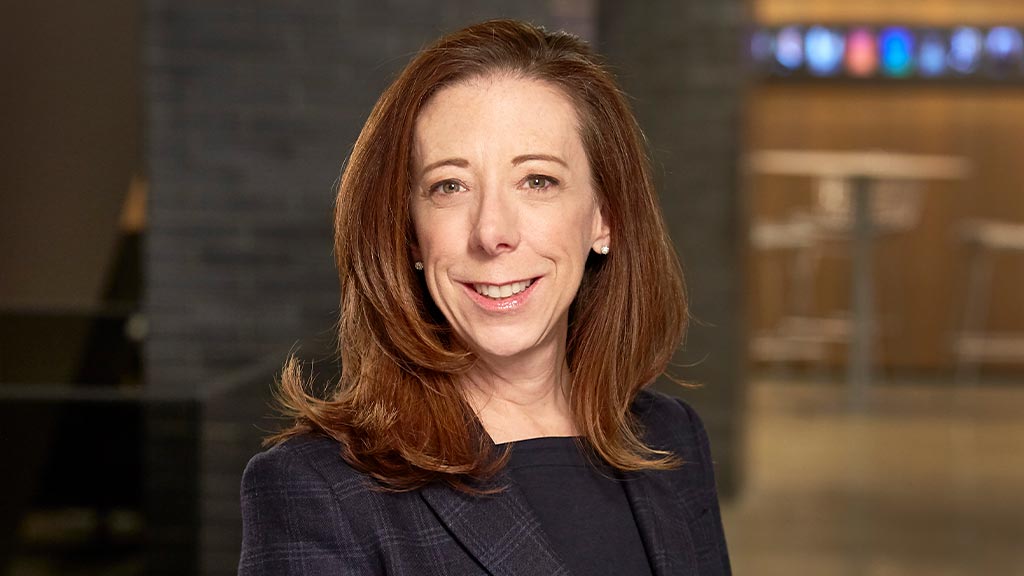
Claudine Frasch

Kevin Rosenstein

Nayan Parekh

Lauren Adams
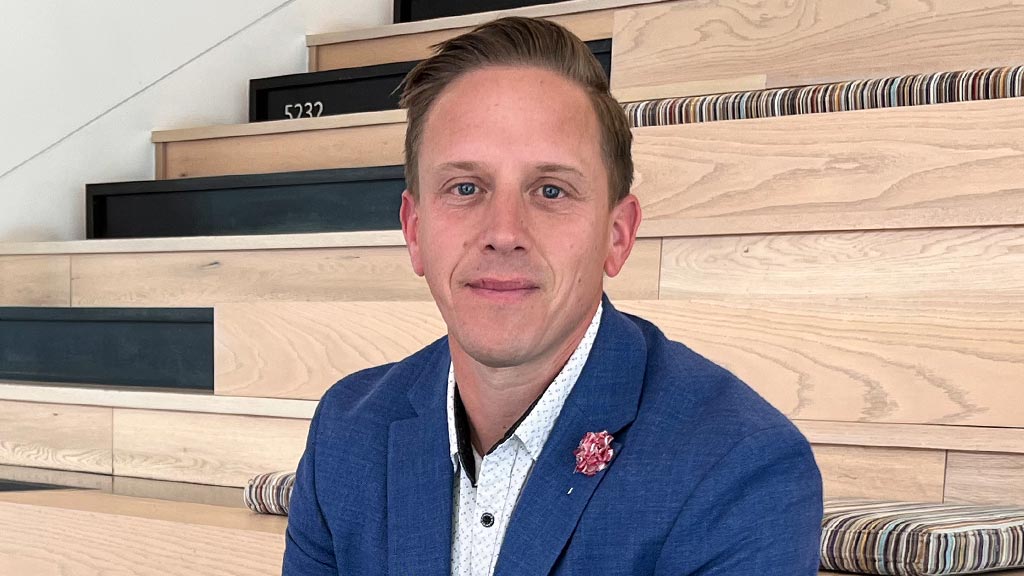
Michael Adkins

Elaine Asal

Shravan Bendapudi

Raquel Brenes

Elizabeth Brink

Michael Chappell
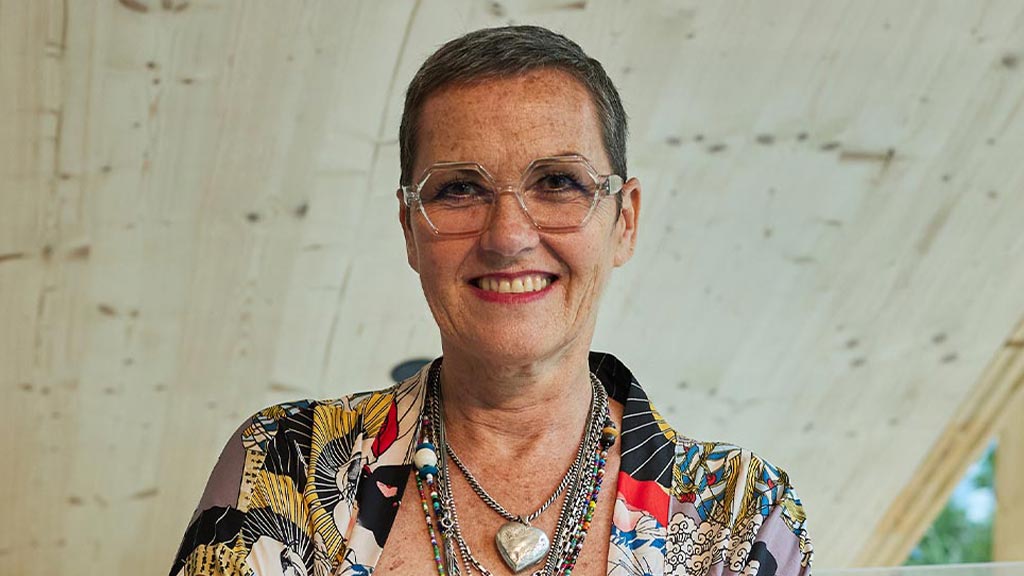
Jane Clay

Erin Cubbison
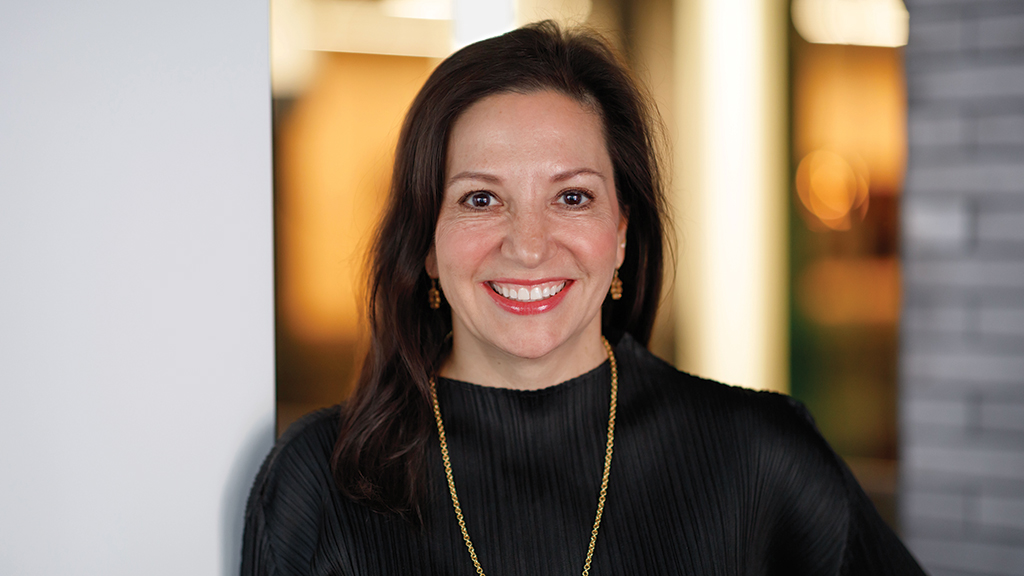
Sonya Dufner

Kevin Katigbak

Kate Kirkpatrick

Kelly Moore
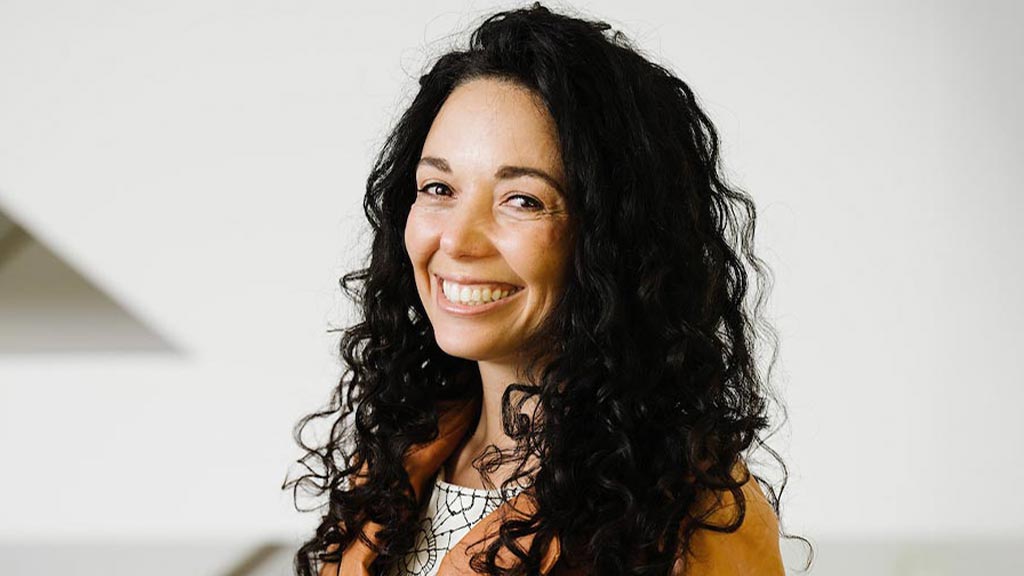
Patricia Nobre
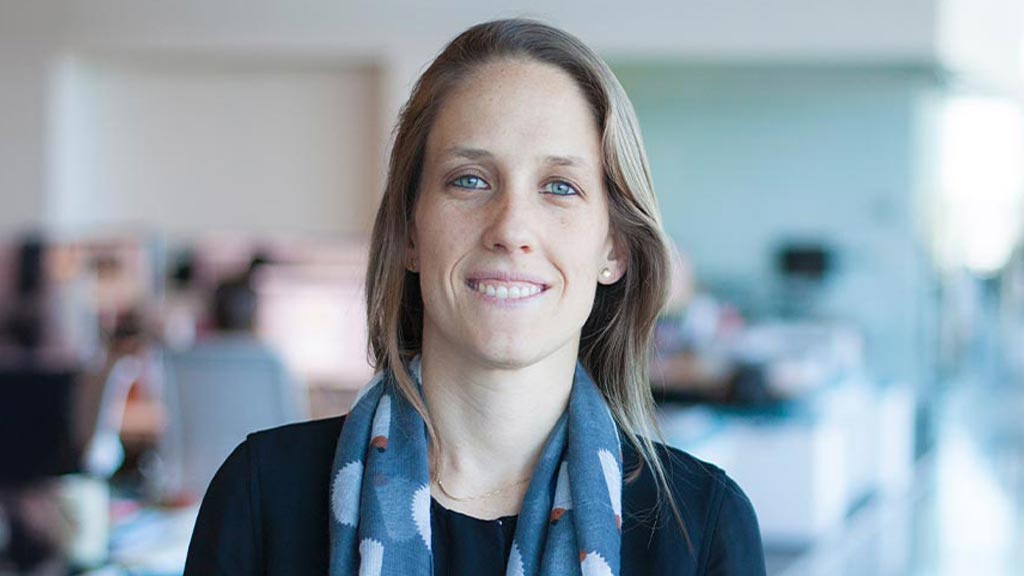
María Paula Sáenz

Johnathan Sandler
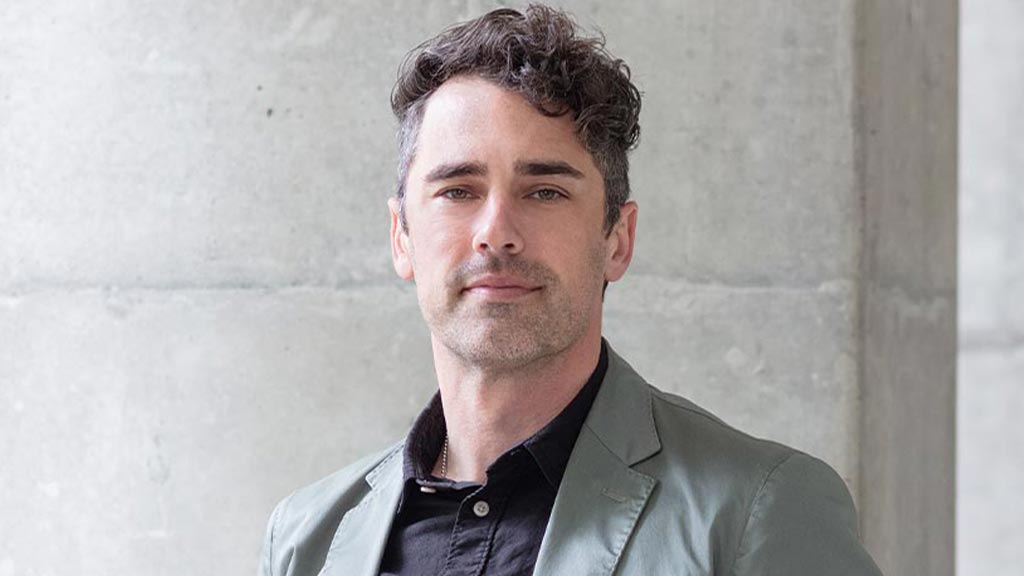
Jacob Simons
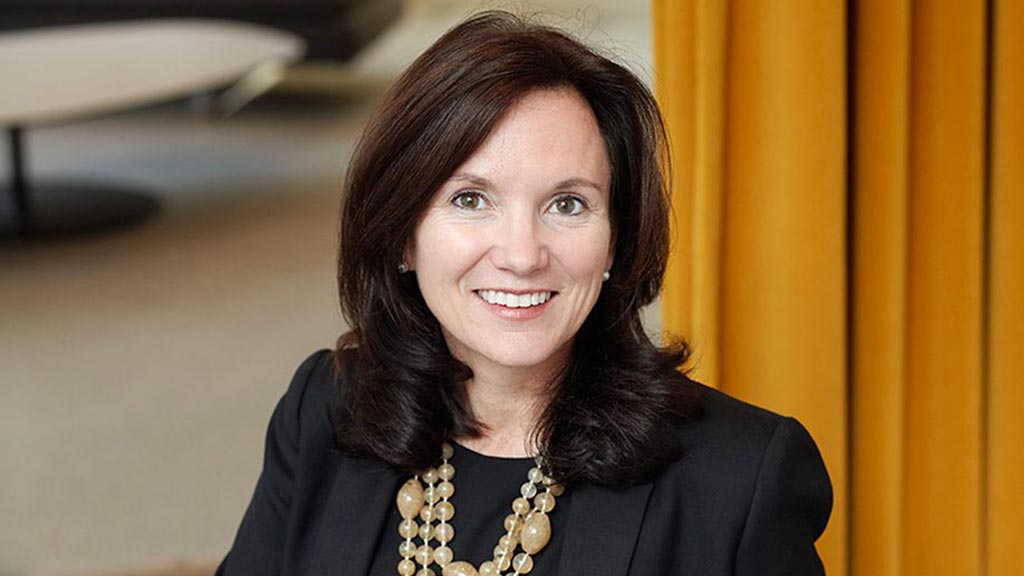
Arlyn Vogelmann

Gensler Strategy Lead Roberta Morales Shares How Digital Employees Reshape Workplaces

How Strategically Repositioned Class B and C Buildings Can Help Meet NYC’s Converging Lease Needs

Strategy Director Erin Saven Shared Insights on How Upcoming Lease Activity Offers an Opportunity To Rethink Real Estate Strategies

Gensler and The Pew Charitable Trusts Study a Cost-Effective Approach to Converting Offices Into ‘Micro-Apartments’

Converting Office Buildings to Co-Living Dorm-Style Apartments Offers a More Economically Viable Solution
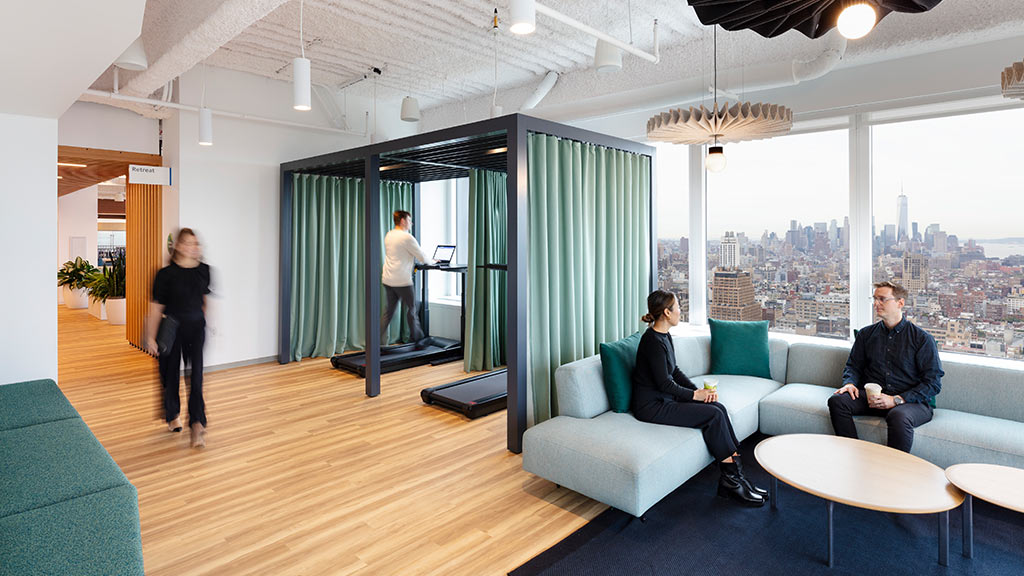
3 Key Trends for Building an Intentional Workplace in 2024

Here’s What Matters for Optimizing Office Spaces for Today’s Needs
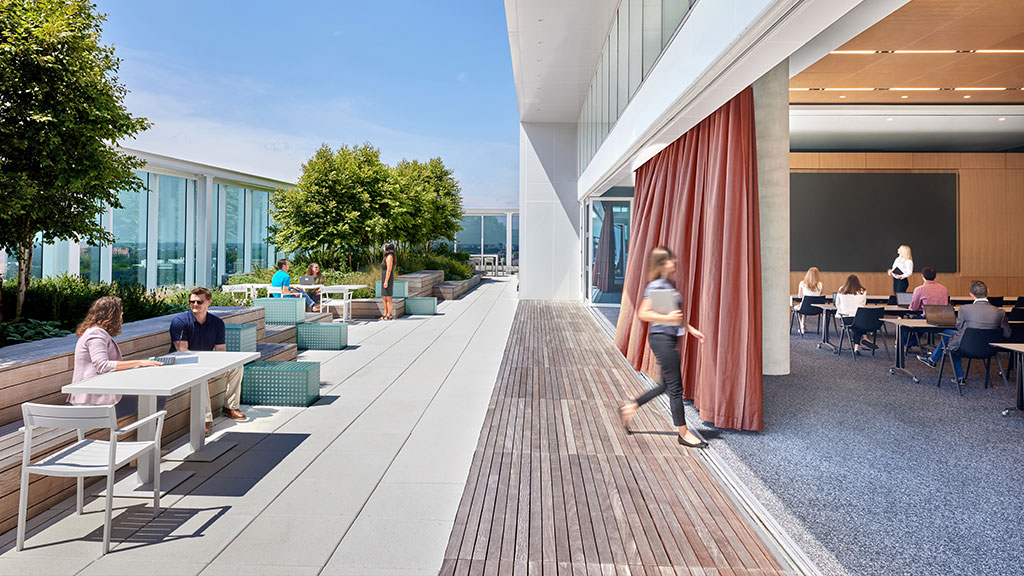
Forbes Featured Findings From Gensler’s New U.S. Workplace Survey
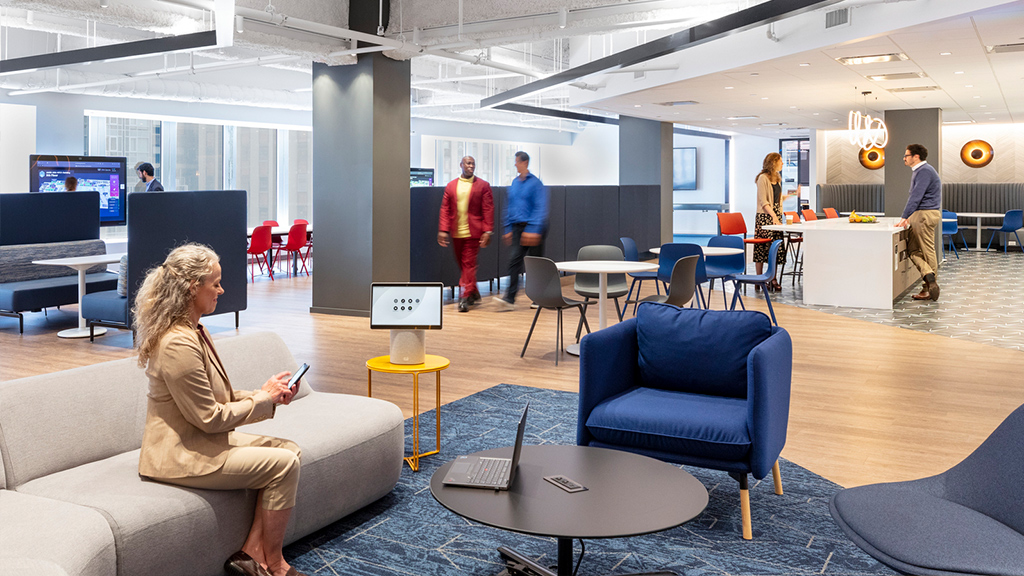
Cisco’s New Office Is “a Showcase of the Company’s Technology” and an Example of the Evolving Workplace
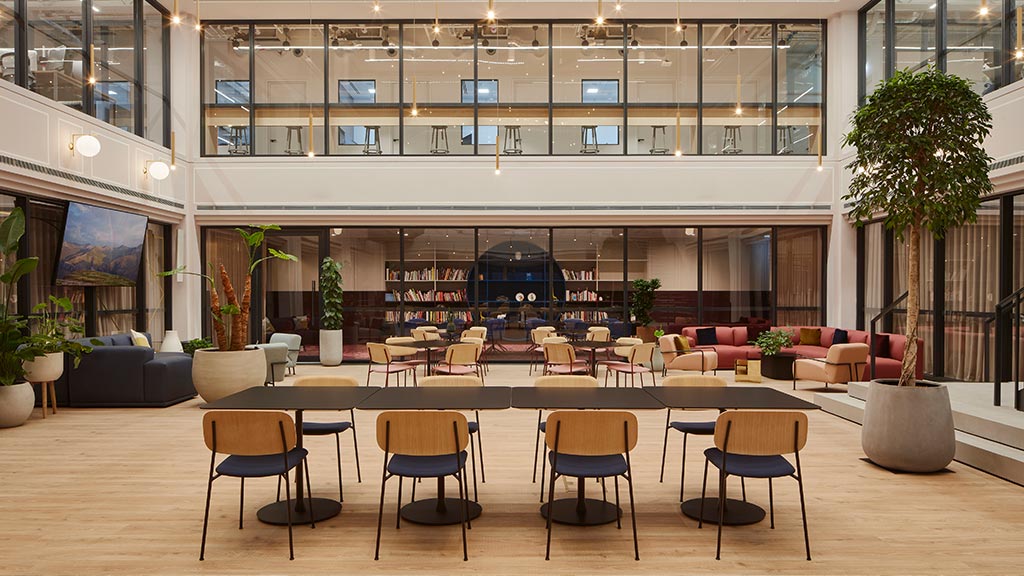
Privacy at Work and the Rise of the ‘Quiet Space’
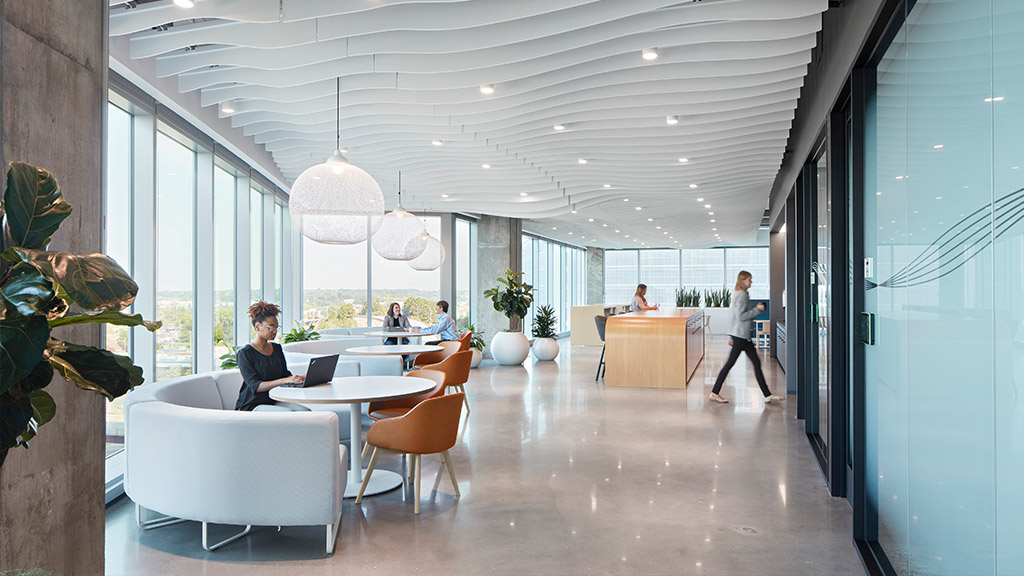
To Attract Workers Back to the Office, New Amenities Are Geared Towards Making the Workplace a Destination, Not an Obligation
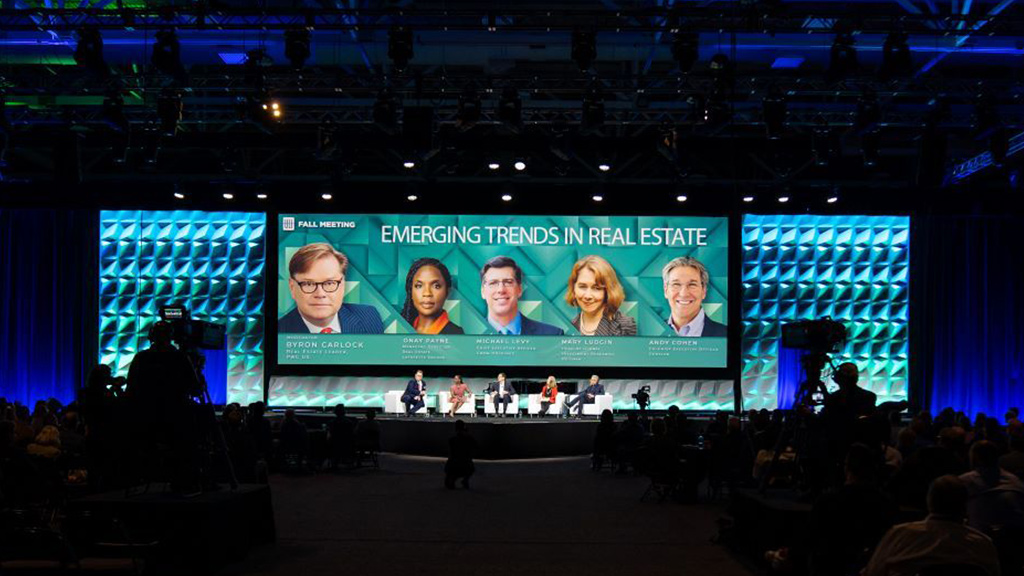
Gensler co-CEO Andy Cohen Joins ULI Panel on the Right Path Forward for the Commercial Real Estate Industry
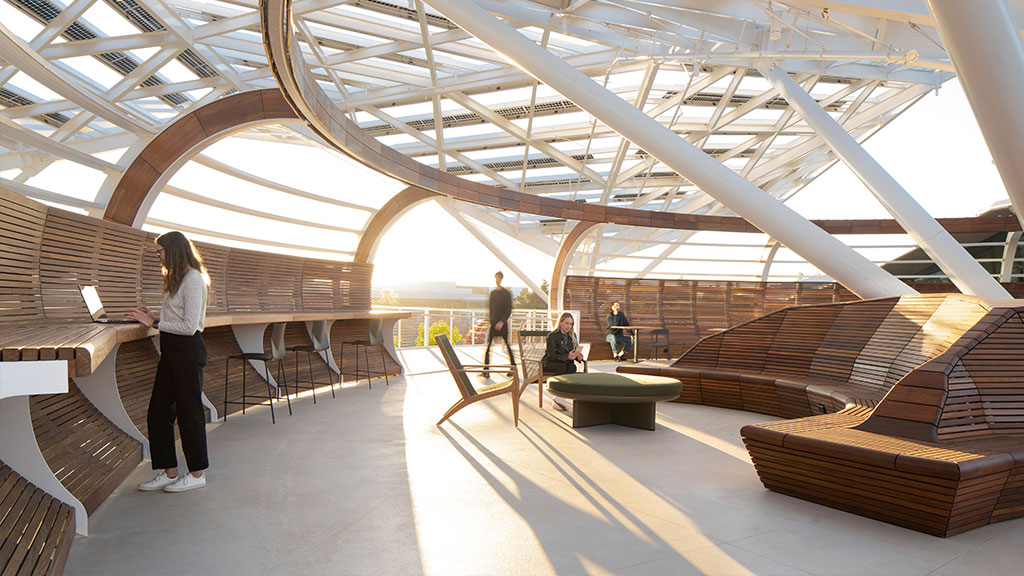
How Companies Are Reimagining Spaces to Support More Social Interaction Among Colleagues

Rethinking the Relationship Between Offices and Cities to Make the Office a Destination
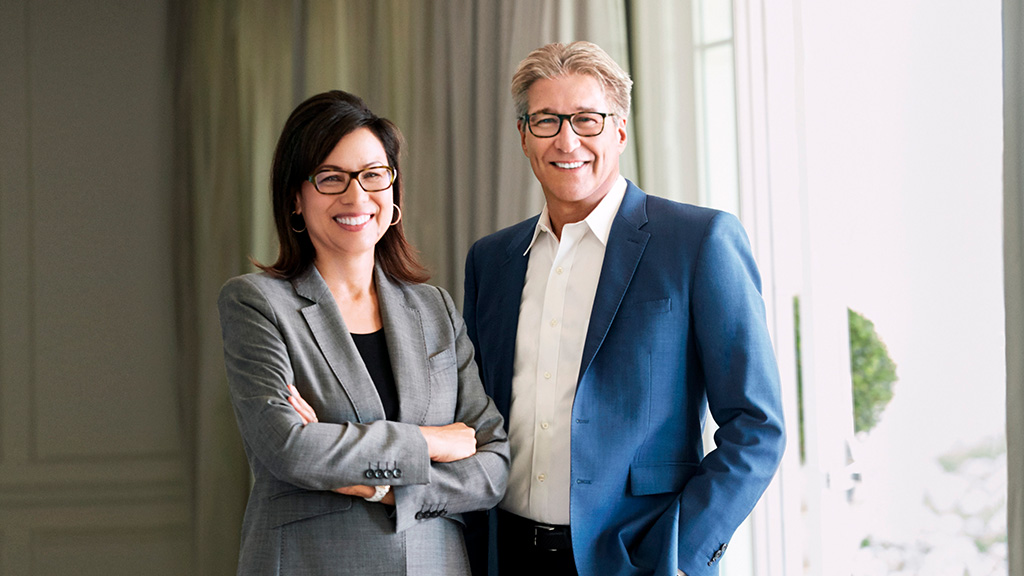
Gensler Co-CEOs Share a Vision For What the Future of the Workplace Will Look Like
